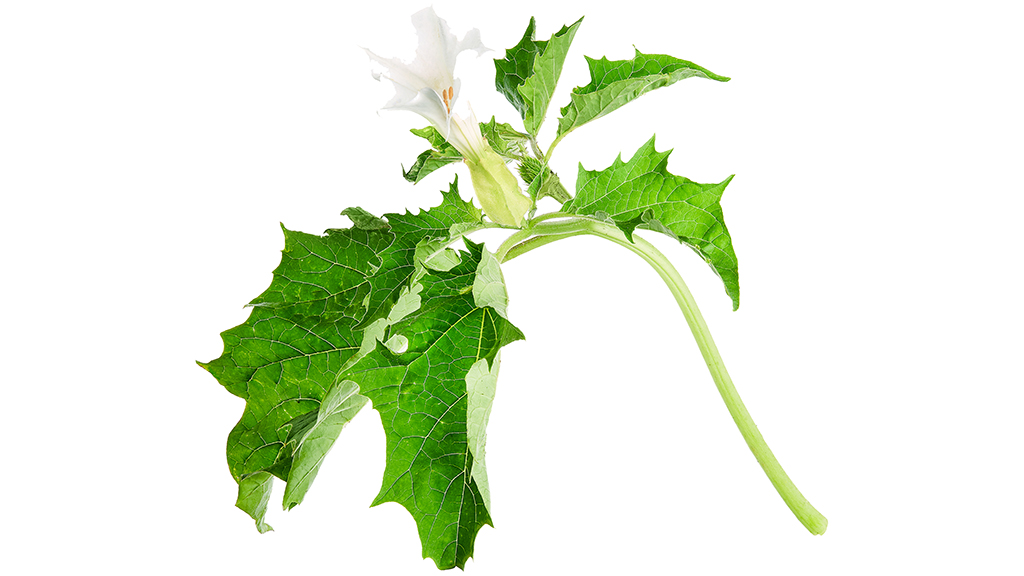Abstract
When a teenager is brought to the emergency department because he is acting strangely, the on-duty physician quickly determines that he has been unintentionally intoxicated with an anticholinergic compound found in Jimson weed (Datura stramonium), a plant the teen may have been using for its hallucinogenic properties. This unfolding, interrupted case study begins with a description of the signs and symptoms experienced by the teen and asks students to compare selected vital signs to reference values. After reviewing the structure of the autonomic nervous system (ANS), students recognize that the teenager’s vital signs and symptoms are linked to a change in his autonomic function. The case concludes by asking students to identify a possible antidote to the poisoning. This case could be used to teach structure and function of the ANS in a human biology or human anatomy and physiology course, or as a review activity in a pharmacology or toxicology course in a healthcare professions program.



